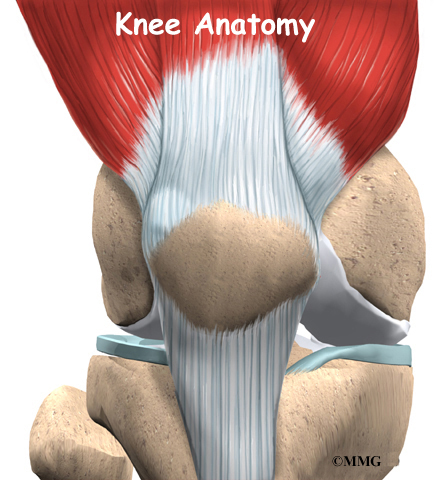 My registration with CarnageCon was delayed while I tried to find out how much of a discount I got for GMing a game. As I recall, I was encouraged to do it both for the general principle of "we need people to GM" and the promise of a discount, which is fairly standard in gaming cons.
My registration with CarnageCon was delayed while I tried to find out how much of a discount I got for GMing a game. As I recall, I was encouraged to do it both for the general principle of "we need people to GM" and the promise of a discount, which is fairly standard in gaming cons.There could also be the element of enjoying GMing, but that is tempered by the fact that my endeavors in that regard have been a mixed bag at best. GMing is a lot of prep work, and a lot of pressure, and a little bit of performance anxiety; when it works out it's great, but when it doesn't, it's dispiriting. Anyway, in my regular (perhaps I should say "irregular") group, I do a lot of the GMing (almost all of it lately), so the chance to be a player is welcome, even if the thing I hanker for most is the chance to play a character for more than a one-shot, which a con can't give me.
Strangely, CarnageCon doesn't post their discount policy anywhere on their website or in their registration booklet, or if they do, I can't find it. So I was surprised to learn that GMing one game gets you nothing, but GMing two games gets you free admission. Even weirder, running a board game (which requires essentially zero prep, and the only work you do more than a player is being willing to explain the rules before the game) nets you precisely as much as GMing a roleplaying game, which is an order of magnitude more of an investment.
So it's not that I'm upset about the policy because the discount wasn't really a major motivational force. But by the same token I can't help but observe that it feels really unfair. Someone who grabs two board games off his shelf before heading out will get a $50 savings, but me spending many hours on prep and going through a much more exhausting and demanding job at the con gets nothing. Surely that's not fair.
But how could they be fair? If they tried to account RPGs as worth more than board games, they'd either need a big, complex scale where this RPG was worth this many points and that one that many (since it obviously takes a lot more work to write and playtest an adventure for a rules-rich system, make lots of handouts, or even prepare a light and sound background, than to grab an old AD&D module off the shelf and ask people to bring their own characters), and the same for various other kinds of games. And judging that would be both a nightmare in terms of time spent on it that they can't spare (running the con is already a thankless, unpaid volunteer job that eats up huge amounts of time), and an endless source of grief since everyone would object to the results no matter how hard they worked at making them fair. The result would probably be something that's less fair, because it's promising a level of fairness it can't deliver, and certainly something inviting a hundred times more upset and hurt feelings, and taking vast amounts of time. It's a bad, bad idea all around.
The trick is you can't even take one step towards it without running into that morass. If they said "run two games, or one RPG, for free admission" they might get way with that, but they might get a lot of upset people, too. Anything more than that, and they'd certainly get more upset than happy.
However, there are three things they could certainly do. First, they could offer some discount, maybe only 25%, for the first game you run. But I assume they have reasons why they don't do that. Second, they could figure out which categories they got too few GMs in last year, and offer the discount on the first game only in that category this year, and revisit each year. Third, and I can see no reason not to do this, they could post something about whatever their policy is on their website in some clear fashion. They probably have before, and just forgot, and no one's noticed because no one missed it since almost all their GMs have GMed before.
Had I known what the policy is, I might have volunteered a board game slot too. I would feel bad about "exploiting" the system, even though I could rationalize it -- I'm still doing more work than many of the people getting the free admission (even though I'm reusing an adventure I wrote for a different con), so why shouldn't I? But I guess I won't ever know if I would have done that since I never got the chance.









































 RealTime and RTC
RealTime and RTC Prism
Prism Uncreated
Uncreated Bloodweavers
Bloodweavers Foulspawner's Legacy
Foulspawner's Legacy Lusternia
Lusternia